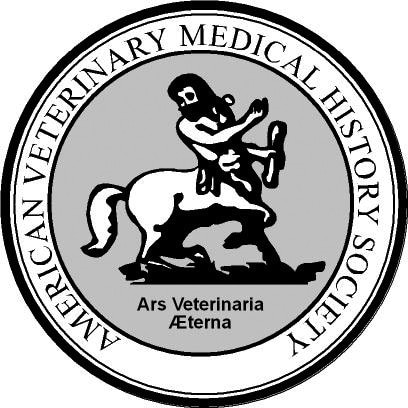Last winter, I fielded a question from a colleague which spurred on some deep thoughts on postcards and the importance of descriptive words and cross-indexing.
Question:
“In the past, I have used the term Postcard, but I recently noticed that the lexicon in my collections software offers the option of Postcard or Postcard, Picture. How do I decide which one to choose?”
My answer:
This is a great question! Revised Nomenclature placed Postcard in two categories: Written Communication T & E (blank postcards) and Documentary Artifacts (non-blank) postcards. In Nomenclature 3.0, Postcard is only listed once. This provides the opportunity to assign a term(s) which adequately describes the medium and/or content. For more details, read Textbox 1.5 Cross-Indexing Documentary Artifacts in Nomenclature 3.0.
A blank postcard: Postcard
A photographic postcard: Postcard, Picture or Print, Photomechanical
Colleague’s follow-up question:
“Where is the Textbox? I am not finding it in my software’s lexicon. Also, what if it is a photographic postcard and it has writing on it? I also have postcards in my collection that contain advertising.”
After reading this question, it also occurred to me that the colleague may not have a copy of the Nomenclature 3.0 book, and was exclusively using the collections management software’s preloaded lexicon. If you are in the same situation, I highly encourage you to get a copy of the book.
The content and medium of postcards contain a great deal of variance. Any time a cataloger comes across an object that could potentially have multiple terms – careful consideration of cross-indexing should occur. So, if a postcard is both photographic and contains inscriptions such as writing – consider using all three of the following terms: Postcard, Picture; Print, Photomechanical; Correspondence. Depending on whether or not the card was exclusively made for advertising, Card, Advertising may be considered as a term. Or this can be addressed by including advertising in the description and/or subject categories.
Over the last couple of years, I have come across some postcards where I took a few moments to pause, and reassess the object term. During inventory, I found a handmade postcard which included a painted drawing of a flower. There was also a photographic stamp adhered to the postcard. It also includes correspondence on the reverse side of the postcard. This object had originally been assigned the term Drawing. Needless to say, I spent some time re-cataloging.
I also recall a time when I was reviewing some unclassified terms in the lexicon; the term had been entered as “Fragment, Leather.” When I reviewed the catalog record, the description on the registration sheet read “thin leather with decorations painted on card.” The vagueness of the description led to curiosity – I immediately went to storage to find this object. The object was a leather postcard.
I expected to find a fragment of leather with paint on it. Based upon the description and no photographic documentation at the time – I certainly did not expect to find a postcard! The person who originally cataloged this item in the 1980s was thinking more about the material composition of the object rather than its medium or content.
We all from time to time encounter catalog records that do not meet the current museum field standards. Sometimes the catalog record lacks an important descriptive word and/or assigned a wrong term. (At least, I hope I’m not the only one…) Instead of allowing stress and frustration to set in, take some time to breathe and learn from the experience. What I learned from this experience is the value of cross-indexing and descriptors.
Answers to questions like these can be found in the introduction of Nomenclature 3.0. If a question arises that cannot be addressed by the book’s introduction, please contact a member of AASLH’s Nomenclature Task Force.





